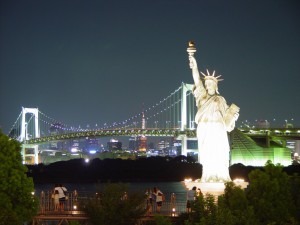New York City does nothing halfway, and that includes applying technology and internet savvy to its high-profile municipal elections.
Politicians vying for public office in “Silicon Alley” are working hard to get the attention of the always-connected, gadget-loving urban voter — and the wealthy entrepreneurs who create the products they use. They’re tapping into the potential of technology in a variety of ways, realizing how a wired populace can help or hurt a candidate’s chances. Viral web content has done heavy damage on Anthony Weiner’s campaign, but candidates like Bill DeBlasio are hoping to turn web videos to his advantage . Others are responding by creating an entire technology-focused platform, in Christine Quinn’s case, or using online crowdspeaking and crowdfunding platforms to rally funds and support, like Jack Hidary.
The Campaign Finance Board is even getting into the act with its "Mobile Voter” tool, NYCVotes, giving voters up-to-date information about key registration deadlines and election dates , upcoming debates, polling locations, and more. It also gives campaigns a fundraising platform, making it easy for candidates with small, local donor bases to make campaign contributions as easy as possible for voters. When it comes to registration, New York is one of the few places where it's possible to register to vote online with the DMV, but voters who have never registered with the DMV can still begin the process online through HeadCount or TurboVote.
As for deciding who deserves your vote, independent voter education resource DecideNYC was created to give voters all the information they need on those running. Considering the impact of past mayors and city officials on local and national policy, this is a race that can set important precedents, not just in who is elected, but how they will get there. Technology may play a larger role this year than ever before, but it is certain to be only a hint of what's to come.
